In a European Parliament committee hearing, ECB President Christine Lagarde said, “growth momentum is moderating to some extent owing to supply bottlenecks and the rise in energy prices.” Consumer spending is “solid”, but shortages of materials, equipment and labour are “weighing on manufacturing production, weakening the near-term outlook.” “Although the duration of supply constraints is uncertain, they are likely to persist for several months and gradually ease only during 2022,” she added.
Lagarde also reiterated that the upswing in inflation is driven by three primary forces, energy prices, demand outpacing constrained supply, and reversal effect of German VAT cut. “The latter factor will fall out of the inflation calculation from January 2022 but the other two may last longer.” “As a result, we still see inflation moderating in the next year, but it will take longer to decline than originally expected,” she said.
On monetary policy, she said the conditions for rate hike are “very unlikely to be satisfied next year”. Intentions on further calibration of bond purchases will be announced in December. But “even after the expected end of the pandemic emergency, it will still be important that monetary policy – including the appropriate calibration of asset purchases – supports the recovery throughout the euro area and the sustainable return of inflation to our target of two per cent.”
Full introductory statement here.





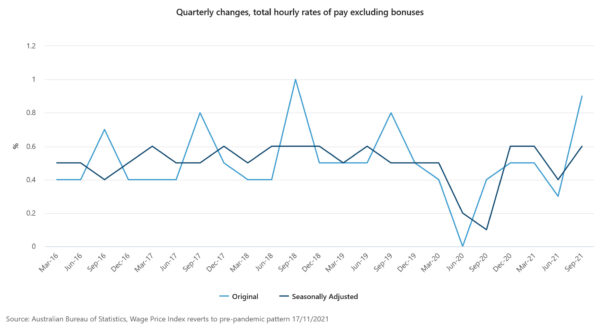
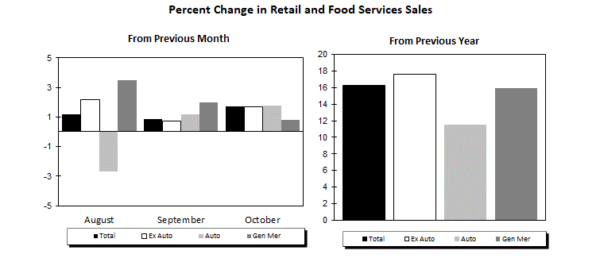
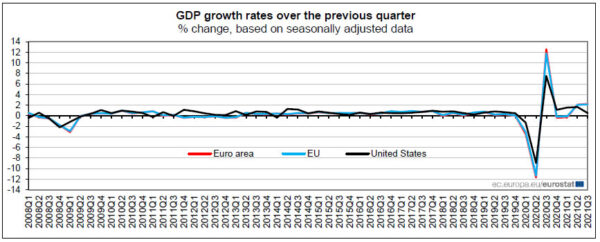
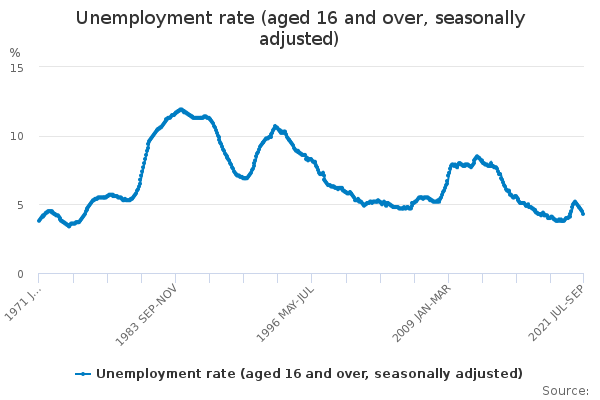
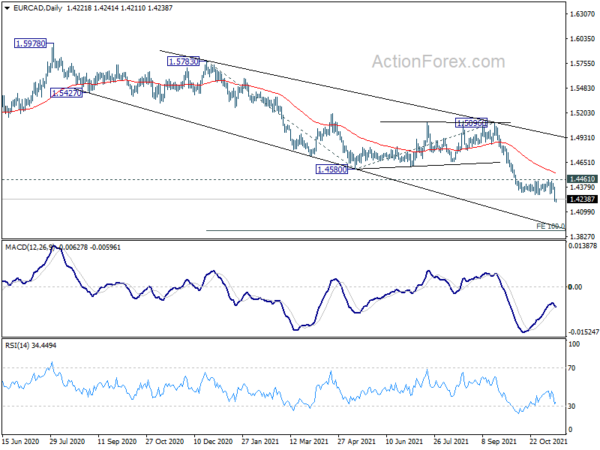
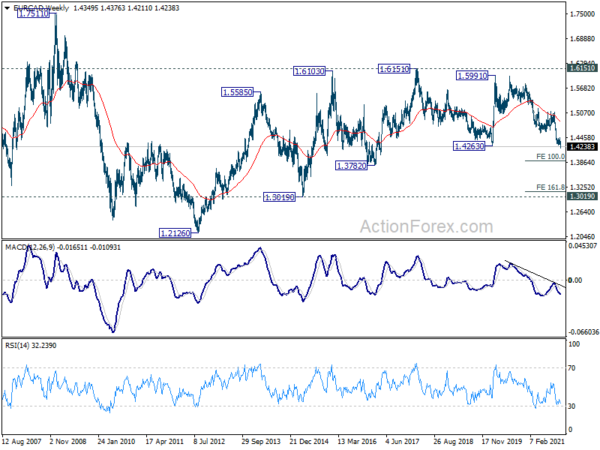


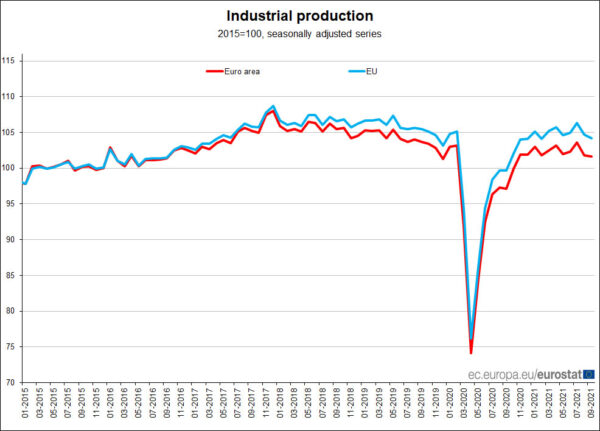

UK CPI surged to 4.2% yoy in Oct, highest since 2011
UK CPI surged to 4.2% yoy in October, up from 3.1% yoy, above expectation of 3.8% yoy. That’s the highest level in nearly 10 years since November 2011. Core CPI also jumped to 3.4% yoy, up from 2.9% yoy, above expectation of 3.0% yoy. RPI also accelerated to 6.0% yoy, up from 4.9% yoy, above expectation of 5.6% yoy.
PPI input came in at 1.4% mom, 13.0% yoy, versus expectation of 1.1% mom, 11.6% yoy. PPI output was at 1.1% mom, 8.0% yoy, versus expectation of of 0.7% mom, 6.8% yoy. PPI core output was at 0.8% mom, 6.5% yoy, matched expectations.